It is not difficult to know the concept and the Difference Between Teaching Methods and Strategies but first let’s learn what are teaching Methods and what are teaching techniques
Teaching Methods and Strategies
Teaching methods and strategies are the tools that teachers use to deliver content and help students learn.
There are many different teaching methods and strategies, and the best ones will vary depending on the subject matter, the students, and the teacher’s preferences.
Using various methods and strategies, teachers can create a more engaging and effective learning environment for their students.
What is Teaching Method?
A teaching method is a broad teaching approach used to deliver content to students.
Some common teaching methods include lecture, discussion, project-based, and inquiry-based learning.
What are Teaching Strategies?
A teaching strategy is a specific technique or activity used to sthatthatorting a method.
For example, a teacher might use a lecture method to deliver content. Still, they might also use various teaching strategies to support the lecture, such as using visuals, asking questions, and providing opportunities for student discussion.
Teaching methods are the big picture, while teaching strategies are the details. By using various teaching methods and strategies, teachers can create a more engaging and effective learning environment for their students.
Difference Between Teaching Methods and Teaching Strategies
Teaching methods are the big picture, while teaching strategies are the details. By using various teaching methods and strategies, teachers can create a more engaging and effective learning environment for their students.
Here are some examples of teaching methods and strategies:
Teaching Methods
- Lecture Method
- Discussion Method
- Project-based learning Method
- Inquiry-based learning Method
- Problem-based learning Method
- Experiential learning Method
- Cooperative learning Method
- Independent learning Method
Teaching Strategies
- Using visuals
- Asking questions
- Providing opportunities for student discussion
- Providing feedback
- Differentiating instruction
- Using technology
- Creating a positive learning environment
Teaching methods and strategies are the tools that teachers use to deliver content and help students learn. There are many different teaching methods and strategies, and the best ones will vary depending on the subject matter, the students, and the teacher’s preferences.
Some common teaching methods include:
Lecture: The teacher presents information to the students in a one-way format.
Discussion: The teacher facilitates a conversation between students about a topic.
Project-based learning: Students work on a long-term project that requires them to apply what they have learned.
Inquiry-based learning: Students ask questions and investigate answers to those questions.
Problem-based learning: Students work on solving a problem that requires them to apply what they have learned.
Experiential learning: Students learn by doing.
Cooperative learning: Students work in small groups to achieve a common goal.
Independent learning: Students learn on their own.
Teaching Strategies
A teaching strategy is a specific technique or activity used to support the searching method d. For example, a teacher might use a lecture method to deliver content. Still, they might also use various teaching strategies to help the lecture, such as using visuals, asking questions, and providing opportunities for student discussion.
Some common teaching strategies include:
Using visuals: Using visuals, such as charts, graphs, and pictures, can help students to understand and remember information.
Asking questions: Asking questions can help students to think critically about the material and to engage in the learning process.
Providing opportunities for student discussion: Providing opportunities for student discussion can help students to share their ideas, learn from each other, and to develop their critical thinking skills.
Providing feedback: Providing feedback can help students to identify their strengths and weaknesses and to improve their learning.
Differentiating instruction: Differentiating instruction means tailoring the teaching to the needs of individual students. This can be done by providing different levels of challenge, using other teaching methods and strategiestrategiesevariousuvarioutyping technology: Technology can enhance learning in multiple ways. For example, technology can be used to provide interactive learning experiences, to access information, and to collaborate with others.
Creating a positive learning environment: A positive learning environment is essential for effective teaching and learning. This means building a classroom that is safe, respectful, and supportive.
The Best Teaching Methods and Strategies
The best teaching methods and strategies will vary depending on the subject matter, the students, and the teacher’s preferences. However, by iovariousays and teqtoqueseachers can create a more engaging and effective learning environment for their students.
Here are some tips for choosing the best teaching methods and strategies:
Consider the subject matter. Some teaching methods and techniques are better suited for certain subjects than others. For example, project-based learning is a good method for teaching issues that require students to apply what they have learned.
Consider the students. Some students learn best in one way, while others learn best in another. It is important to consider the learning styles of your students when choosing teaching methods and strategies.
Consider your preferences. As a teacher, you will be the one using the teaching methods and strategies, so it is important to choose techniques and techniques that you are comfortable with and that you t be effective.
Using a Variety of Teaching Methods and Strategies
By using various teaching methods and strategies, teachers can create a more engaging and effective learning environment for their students. This is because different students learn in different ways, and by using various methods and strategies, teachers can reach all of their students.
For example, some students learn best by listening to lectures, while others learn best by doing. By using a combination of classes and hands-on activities, teachers can reach all of their students.
In addition, using a variety of teaching methods and strategies can help to keep students engaged in the learning process. If students are only exposed to one teaching method, they may become bored and lose interest. By using a variety of techniques and strategies, teachers can keep students engaged and motivated to learn.
Similarities
Both teaching methods and teaching strategies are used to help students learn.
Both teaching methods and teaching strategies can be used to achieve a variety of learning objectives.
Both teaching methods and teaching strategies can be used to accommodate different learning styles.
Both teaching methods and teaching strategies can be used to create a positive learning environment.
Differences
Teaching methods are broad approaches, while teaching strategies are specific techniques or activities used. Teaching Methods are reffed as more general, while teaching strategies are more specific.
Teaching methods are typically more teacher-directed, while teaching strategies can be more student-directed.
Teaching methods are typically more structured, while teaching strategies can be more flexible.
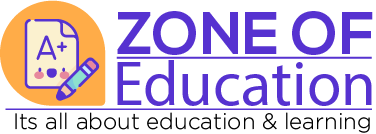
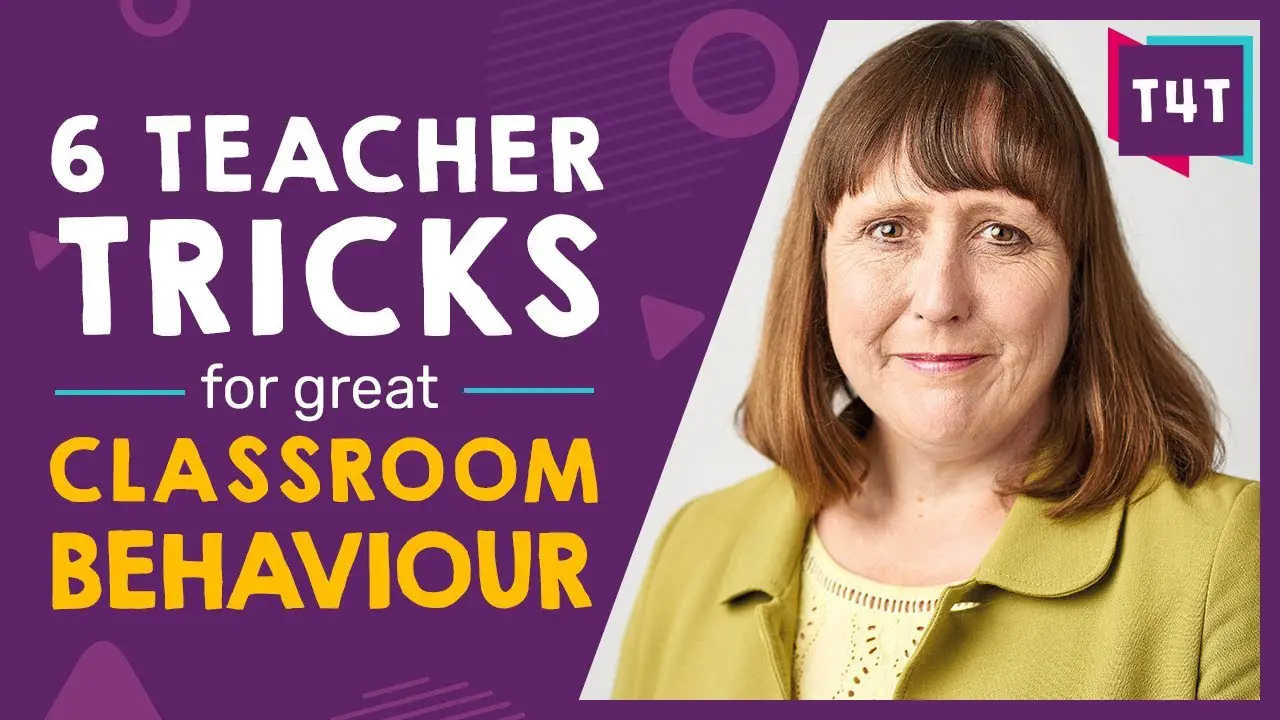
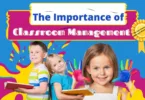
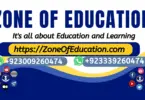


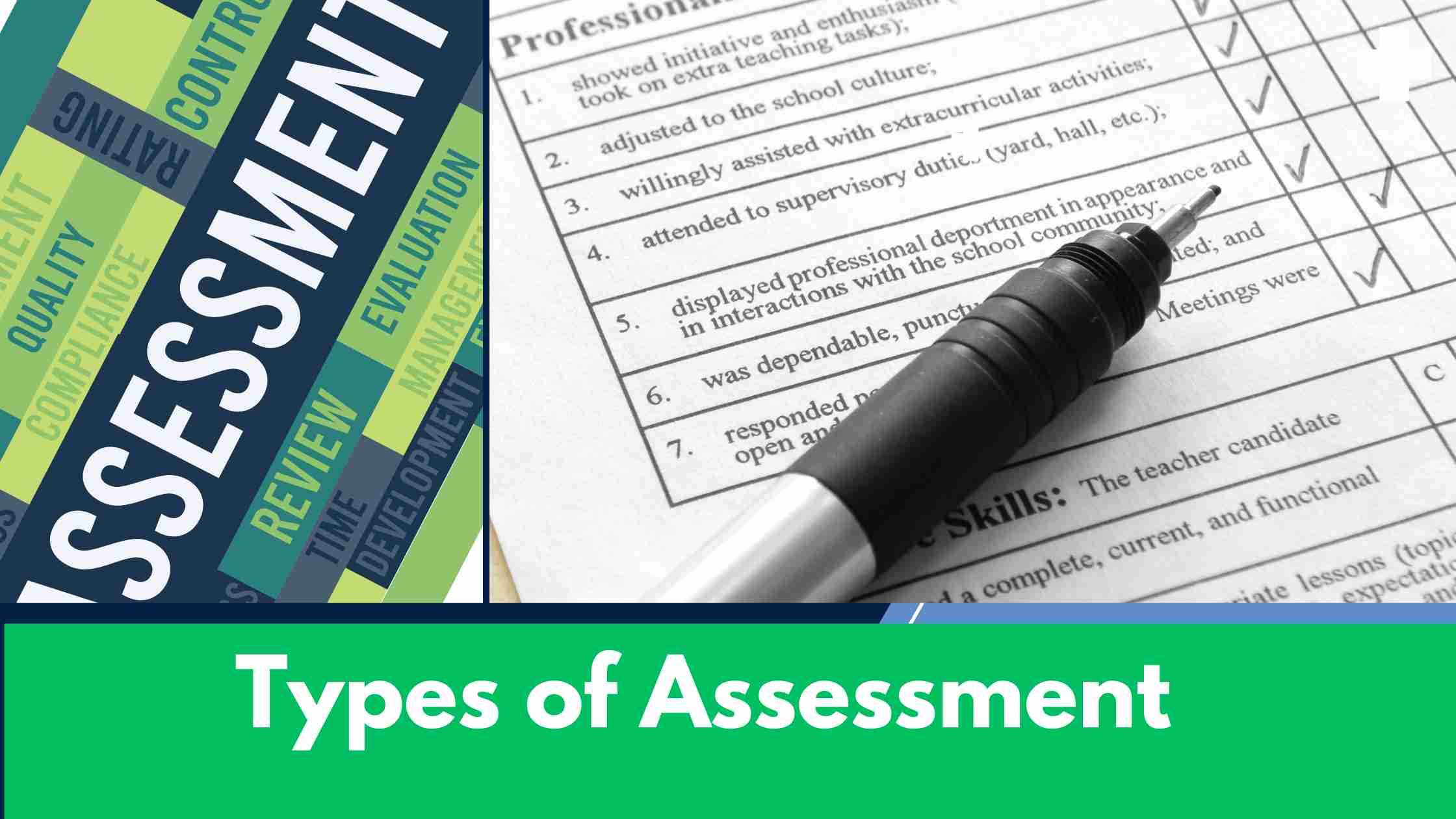
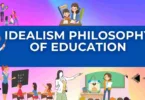
[…] Teaching strategies based on Howard Gardner’s theory of multiple intelligences allow educators to teach based on the […]
[…] It recognizes that every student has the potential to learn and that educators can employ effective teaching methods at all levels of […]
[…] of your life. Its focus on traditional, tried-and-true skills and expertise has made it a popular teaching method in modern times. This article will explore how Perennialism can be applied in the classroom and its […]
[…] and “approach” interchangeably, it is important to note that Communicative Language Teaching is generally considered an approach rather than a rigid method. An approach refers to a broader framework or philosophy that guides language instruction, whereas […]
[…] Realism teaching method assists students in developing a deep understanding of the world through active exploration and […]
[…] is a powerful teaching method focusing on creativity, originality, and personal growth. Using the Socratic Method, teachers can […]
[…] on the development of democratic qualities in learners. It rejects the traditional authoritarian methods of teaching and encourages a more liberal and progressive approach. This rejection of traditional methods leads […]
[…] the goals and objectives of education and provides a framework for designing curricula, selecting teaching methods, and evaluating student learning. The philosophy of education is influenced by various factors such […]
[…] Establish clear procedures: Communicate and teach strategies for completing assignments, distributing materials, and organizing desks. Consistently reinforce […]
[…] are the discovery method of teaching […]
[…] to ask questions, delve deeply into subjects, and create their own theories and hypotheses. This method teaches students to think analytically as they learn to gather and assess evidence to support their […]
[…] the theoretical framework by defining the aim of education, the curriculum’s substance, the teaching methods, and the evaluation of learning results. It encourages critical thinking and reflective practice by […]
[…] the traditional single-teacher model by leveraging various educators’ expertise. The Team Teaching Method aims to create a dynamic, collaborative, and conducive learning environment that fosters […]
[…] Kilpatrick, who was a decadent of John Dewy in the United States. He introduced the idea of project method of teaching and projected learning in the early 20th century. He thought students learned best when they […]
[…] in implementing Pragmatism in their teaching practice should be willing to adapt their teaching methods to meet their student’s needs and interests, provide opportunities for hands-on learning and […]
[…] areas for improvement and set goals. Similarly, educators can use assessment data to evaluate their teaching strategies and make necessary adjustments to enhance student […]
[…] demonstration method of teaching is an instructional strategy that involves a live demonstration of a particular concept, process, […]
[…] Comparative Analysis: Socratic Method vs. Traditional Teaching […]
[…] Allows for various teaching methods. […]
[…] that all students can participate and access the curriculum, teachers can incorporate various teaching methods, visual aids, and hands-on […]
[…] methods are an important part of the heuristic approach to teaching. They are designed to help students develop their understanding of a topic by encouraging them to […]
[…] teachers to think about their students’ different needs and ways of learning and to use other teaching methods to ensure everyone can understand and remember the […]
[…] knowledge and skills before they can do more complex and creative things. Ultimately, essentialist teaching methods’ effectiveness depends on the educational setting’s specific context and […]
[…] Recognize and accommodate diverse learning styles and abilities within your classroom. Use various teaching methods, materials, and assessments to engage all […]
[…] Coping Skills: Teach students coping strategies for managing emotions and stress. Techniques like deep breathing or mindfulness can be […]
[…] as a method of teaching, emphasizes experiential learning and problem-solving. It focuses on applying knowledge to […]
[…] It opposed all kinds of negative techniques and the stress on rote learning. Instead, it favored teaching by more positive methods. […]
[…] comprehension, and promote critical thinking skills. In this section, we will explore a range of strategies that educators can utilize to enhance teaching and learning […]
[…] teaching to be effective, appropriate teaching methods must be employed. Teachers can develop their lesson plans or utilize existing ones created by their […]
[…] needs and learning styles of students in today’s ever-changing educational landscape. Innovative teaching methods often leverage emerging technologies, interdisciplinary approaches, and active learning strategies […]
[…] subject to two different classes and if you are unaware of Educational Psychology, you will use one teaching method in both classes. But if you keep in mind then those characteristics, that affect the learning […]